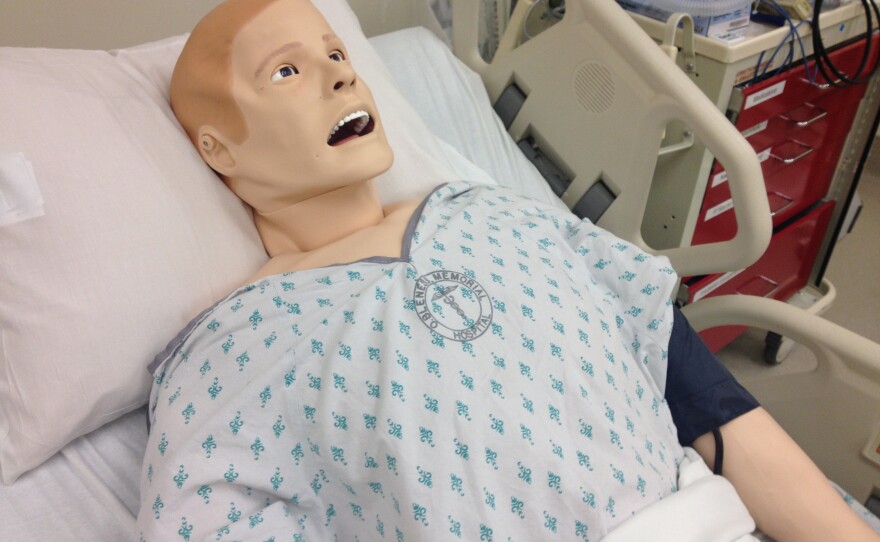This summer, I decided to pursue a Certified Nurse Assistant (CNA) certification in an effort to satisfy my perpetual addiction to healthcare, and somehow nudge myself into the back rooms of a Long Term Care Facility. It was midway through my first session that I realized the bait I left for myself when I signed up for this course, and the sheer solemnity this job entailed.
It began sinking in that obtaining a CNA certification wasn’t a gimmick for me to slip into healthcare, but a job with tremendous obligation and responsibility.
Becoming a CNA consists of two parts: Classroom, and clinical training. The classroom training portion focuses on CNA roles, responsibilities, rights, instructions, etc. This part of the CNA training experience, although very idealistic, exposes us to the roles and responsibilities we will have as CNAs, as well as the way the Long Term Care Facilities are run. The clinical training part brings us to a Long-term Care Facility and places us in the workplace alongside Doctors, Nurses, and mentor CNAs. This allows us to see real-world application of the CNA classroom training in the facility (sometimes what we learn in CNA books is not practical to patient care in facilities).
During classroom training, we were given a Nurse Assistant Training & Assessment Program (NATAP) curriculum book which consisted of 16 modules of all the rules, roles, and responsibilities of personnel (especially CNAs) in Long-term Care Facilities.
The NATAP book surprised me with various techniques and lessons that I was unaware of before. For example, I was exposed to a whole other world of Patient Rights (a term I was previously unaware of). I always thought that healthcare professionals always dictated the patient’s healthcare, but I soon stood corrected by the Patient/Resident Rights module, which outlined hundreds of boundaries and regulations we needed to follow to respect patient’s rights to dictate their healthcare.
I was also astonished by the various techniques we needed to use for day-to-day tasks. Something as simple as changing a patient’s diaper or moving the patient from the bed to the wheelchair took many complex steps and procedures to ensure patient and provider safety.

During classroom training, we also used mannequins to simulate patients and even sometimes partnered up with other CNA students to take turns practicing skills. While doing skills on the mannequins, I found it amusing that we needed to converse with them as if they were real people and treat them with the same level of care and consideration as we would a real person.
By the time we finished our Classroom training, I began feeling confident with the skills and knowledge I had acquired and was prepared to arrive at the care facility for my first shift. I understood then that practical application, as in any job, would be different than what we learned in the classroom, but I was not quite as prepared for what I would be witnessing in the Long-term care facility the next day…